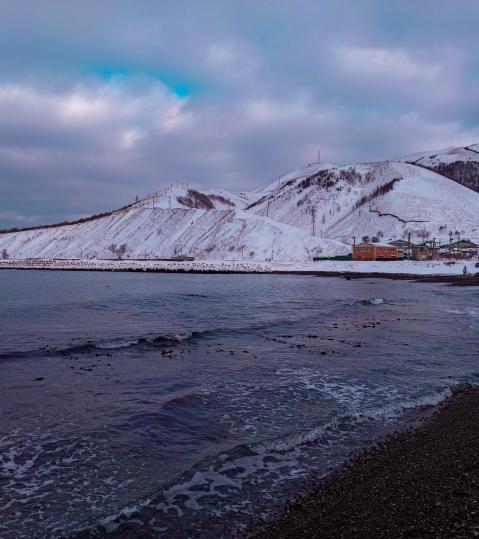Image

Copyright
© Denis Kostyuck / Unsplash
Official name of scheme
Russian Federation - Sakhalin
ETS Status

under development
Jurisdictions
Sakhalin
